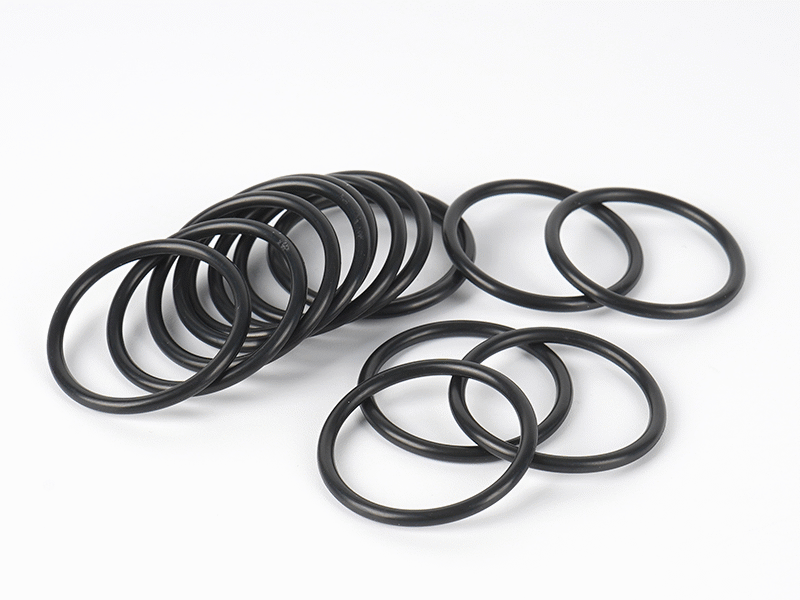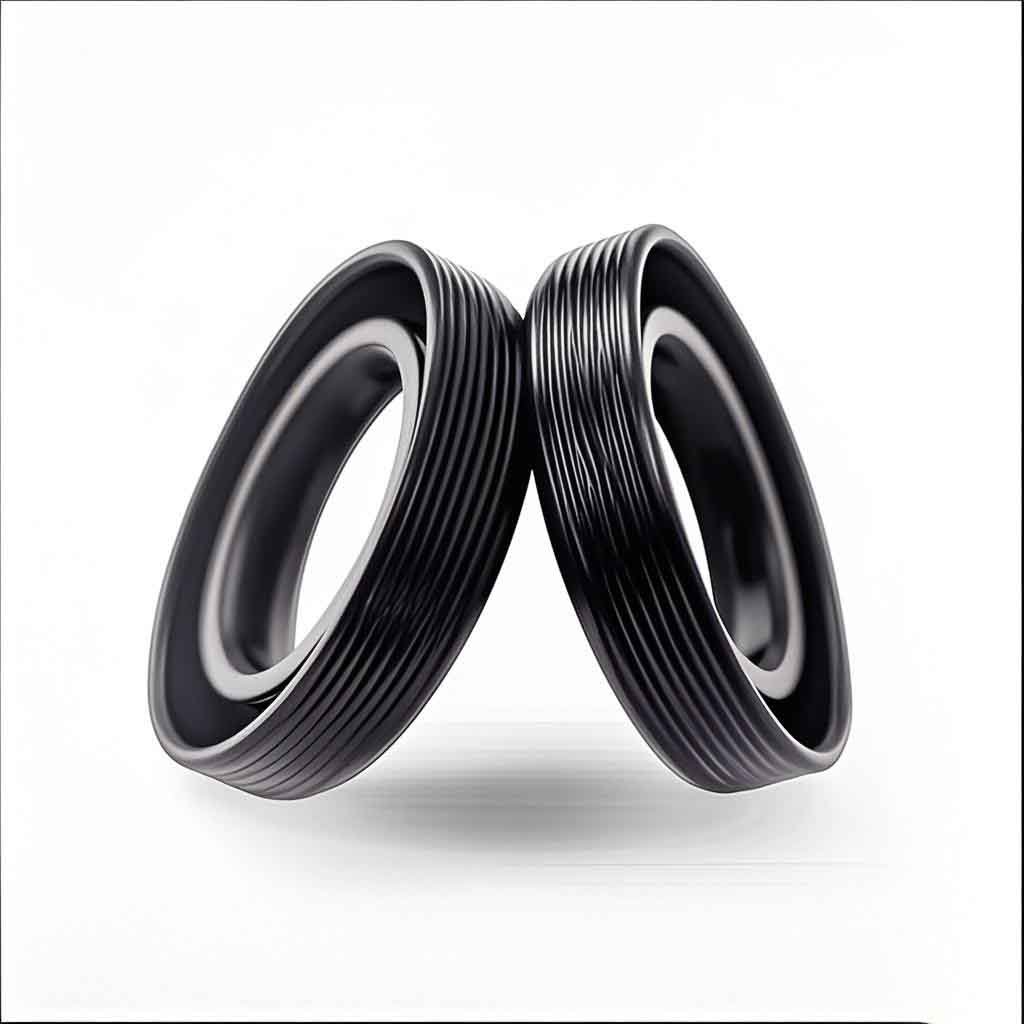
1. Material and Properties
EPDM, short for ethylene propylene diene monomer, is a type of synthetic rubber.

It has excellent anti-aging properties—it can stand up to direct sunlight, work long-term in temperatures ranging from -40°C to 150°C, and doesn’t crack or harden easily.
Its chemical resistance is pretty good too. It handles water vapor, common acids, alkalis, and most solvents (like alcohol) well, but it’s not a match for strong oxidizers (such as concentrated nitric acid) or aromatic solvents.
When it comes to elasticity and sealing, it’s reliable. Even after being deformed repeatedly over time, it keeps its bounce, making it great for seals. It also has low air permeability and decent insulation.
Cost-wise, it’s much more affordable than high-end fluororubbers like FKM, so it offers better value for money.
2. Applications


Thanks to its balanced performance and reasonable cost, EPDM is used in all sorts of places.
In the auto industry, you’ll find it in door seals, window gaskets, radiator hoses, and windshield wipers.
In construction, it’s used for door/window weatherstripping, roof waterproofing membranes, and seals for water pipes—perfect for outdoor use and places that get wet.
For home appliances and daily goods, it’s in washing machine seals, air conditioner pipe gaskets, hot water bag liners, and faucet washers, using its elasticity and ability to resist steam.
In wires and cables, it’s used as insulation or outer sheaths, especially outdoors or in damp areas, where its anti-aging and insulating properties really help.
You’ll also find it in other areas, like swimming pool waterproofing and some industrial hoses that need to resist mild acids and alkalis.
Put simply, EPDM is a versatile basic rubber. It’s widely used in situations that need some weather resistance, heat tolerance, and sealing, but don’t require extreme performance.
